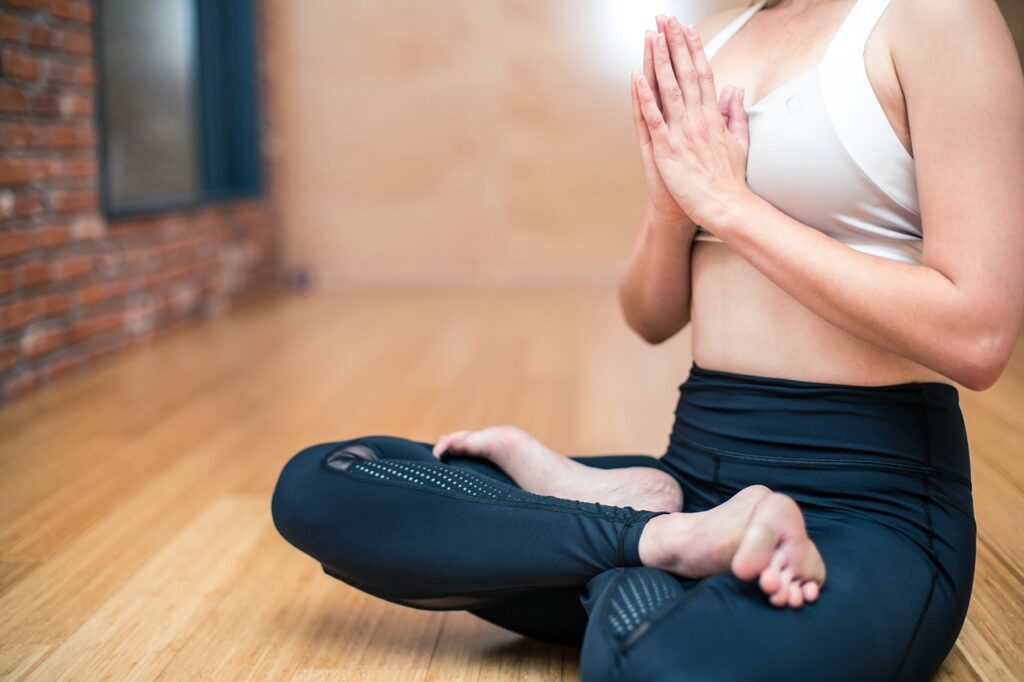How To Increase Range of Motion in Hips and Knees

The ability to move easily and freely without pain or discomfort is a fundamental aspect of a healthy and active lifestyle. Unfortunately, many individuals find themselves suffering from a limited range of motion in their knees and hips, hindering their daily activities and overall well-being. Whether you’re an athlete aiming to enhance performance, someone recovering from an injury, or simply seeking to have better joint mobility and health, this article will walk you through effective strategies to improve flexibility and improve freedom of movement in your knees and hips.
Understanding Range of Motion
Before diving into specific exercises and techniques, it’s necessary to grasp the concept of range of motion (ROM). Range of motion refers to the extent and direction of movement that a joint can comfortably perform activity. In the context of knees and hips, adequate range of motion is crucial for activities like walking, sitting, standing, and engaging in physical exercises.
The Importance of Healthy Knees and Hips
The knees and hips are pivotal joints that bear much of the body’s weight and facilitate a wide range of movements. Maintaining an optimal range of motion in these joints is not only essential for daily activities but also plays a key role in preventing injuries and promoting long-term joint health.
- Warm-Up for Success
Begin your training to improve knee and hip flexibility with a proper warm-up. Warming up effectively prepares your muscles and joints for the exercises ahead, reducing the risk of injury and enhancing the effectiveness of your flexibility routine.
- Dynamic Warm-Up Exercises: Incorporate dynamic movements that engage the muscles around the knees and hips. Leg swings, hip circles, and knee-to-chest stretches are great choices for warming up the joint areas. Aim for 5-10 minutes of dynamic warm-up before progressing to specific stretches.
- Targeted Stretches for Knee Flexibility
To enhance flexibility in your knees, focus on stretches that engage the quadriceps, hamstrings, and calves.
- Quadriceps Stretch: While standing, bend one knee and bring your heel towards your buttocks. Hold your ankle with your hand, feeling the stretch in the front of your thigh. Hold for 15-30 seconds on each leg, repeating 2-3 times on both sides.
- Hamstring Stretch: Sit on the floor with both legs together extended straight. Reach forward towards your toes, keeping your back straight. Hold for 15-30 seconds and repeat 2-3 times.
- Calf Stretch: Stand facing a wall with your hands on it. Step one foot back and press the heel into the floor while keeping the back leg straight. Feel the stretch in your calf. Hold for 15-30 seconds on each leg, repeating 2-3 times.
- Hip Flexibility Exercises
Improving hip flexibility involves targeting the muscles surrounding the hip joint, including the hip flexors, abductors, and external rotators.
- Hip Flexor Stretch: Kneel on one knee with the other foot in front, forming a 90-degree angle. Shift your weight forward, feeling the stretch in the front of the hip on the kneeling leg. Hold for 15-30 seconds on each leg, repeating 2-3 times.
- Butterfly Stretch: Sit on the floor, bringing the soles of your feet together. Hold your feet and gently press your knees toward the floor. Feel the stretch in your inner thighs. Hold for 15-30 seconds, repeating 2-3 times.
- Pigeon Pose: From a plank position, bring one knee forward towards your hands, placing it on the ground with the shin parallel to the front of the mat. Extend the other leg straight behind you. Sink into the stretch, feeling it in your hip and glute. Hold for 30 seconds on each side, repeating 2-3 times.
- Strength Training for Stability
In addition to stretching, incorporating strength training exercises into your routine can provide stability to the knees and hips.
- Squats: Perform bodyweight squats or add resistance gradually. Focus on proper form, keeping your knees aligned with your ankles. Start with 2 sets of 10-12 repetitions and increase gradually.
- Lunges: Forward, reverse, and lateral lunges engage the muscles around the hips and knees. Start with 2 sets of 10 lunges on each leg and progress as your strength increases.
- Clamshells: Lie on your side with your knees bent. Open and close your top knee like a clamshell while keeping your feet together. Perform 2 sets of 15 repetitions on each side.
- Mind-Body Practices for Mobility
Mindfulness practices, such as yoga and tai chi, can significantly contribute to improved flexibility and range of motion in the knees and hips.
- Yoga Poses for Hip Flexibility: Incorporate poses like Downward Dog, Warrior II, and Child’s Pose into your routine. These poses gently stretch and strengthen the muscles around the hips.
- Tai Chi for Balance: The slow, flowing movements of tai chi enhance balance and flexibility. Consider joining a tai chi class or following online tutorials to integrate this practice into your routine.
- Consistency and Progression
Improving the range of motion is a gradual process that requires consistency and patience. Aim to perform these exercises 3-4 times per week, gradually increasing the duration and intensity as your flexibility improves. Listen to your body, and avoid pushing yourself to the point of pain.
- Consultation with Healthcare Professionals
If you have existing health conditions or concerns about your knees and hips, it’s advisable to consult with healthcare professionals or a fitness expert before starting a new flexibility routine. They can provide personalized guidance based on your individual needs and limitations.
Conclusion
Increasing the freedom of movement in your knees and hips is an empowering journey that combines targeted stretches, strength training, and mindful practices. By incorporating these exercises into your routine and approaching them with dedication, you’ll not only improve your range of motion but also enhance your overall physical well-being. Remember, flexibility is a lifelong pursuit, and each stretch is a step towards improving the health and longevity of your joints.